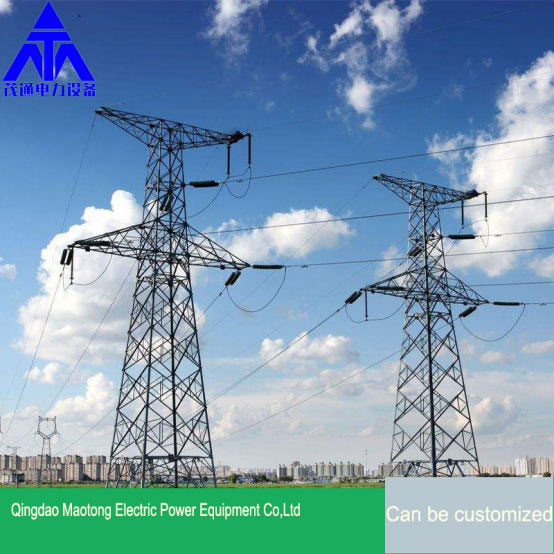Crafting Stability: Manufacturing Processes of Angle Electrical Towers Ensuring Precision and Quality
2024-06-20
Angle electrical towers stand tall as essential infrastructure in power transmission networks, requiring meticulous manufacturing processes to uphold structural integrity, reliability, and safety. From initial fabrication to final assembly, these towers undergo rigorous procedures to ensure they meet stringent industry standards. In this blog, we will delve into the typical manufacturing processes involved in fabricating angle electrical towers and examine how these processes contribute to achieving precision and maintaining high-quality standards.
Understanding the Manufacturing Processes
1. Design and Engineering
Initial Design Phase:
- Engineers develop detailed designs based on project requirements, considering factors such as tower height, load capacity, wind resistance, and environmental conditions.
- Computer-Aided Design (CAD) software is used to create precise 3D models and simulations, optimizing structural integrity and performance.
2. Material Selection and Preparation
Material Procurement:
- High-quality steel or aluminum alloys are selected based on engineering specifications and design requirements.
- Materials undergo rigorous testing and inspection to ensure compliance with mechanical properties and corrosion resistance standards.
3. Fabrication and Welding
Tower Component Fabrication:
- Steel plates and sections are cut to specified dimensions using automated cutting machines, such as plasma or laser cutters.
- Precision machining processes, including drilling, punching, and milling, are employed to prepare components for assembly.
Welding Techniques:
- Skilled welders use advanced welding techniques, such as MIG (Metal Inert Gas) or TIG (Tungsten Inert Gas), to join steel components with high precision.
- Welding procedures are carefully monitored to maintain structural integrity and minimize distortion, ensuring uniform strength across the tower structure.
4. Assembly and Fit-Up
Tower Assembly:
- Fabricated components are assembled according to detailed assembly drawings and specifications.
- Fit-up procedures ensure precise alignment and tolerance control between mating parts, essential for maintaining dimensional accuracy and load-bearing capacity.
5. Surface Treatment and Coating
Surface Preparation:
- Steel components undergo surface preparation, including cleaning, degreasing, and abrasive blasting, to remove contaminants and provide a suitable surface for coating.
Galvanization or Painting:
- Galvanization involves applying a protective zinc coating to steel components through hot-dip galvanizing or electroplating, enhancing corrosion resistance.
- Painting with specialized coatings further enhances durability and provides aesthetic appeal, especially for towers installed in urban or environmentally sensitive areas.
6. Quality Control and Inspection
Comprehensive Testing:
- Quality control measures include dimensional inspections, weld quality assessments, and material testing to verify compliance with design specifications and industry standards.
- Non-destructive testing (NDT) methods, such as ultrasonic testing and magnetic particle inspection, detect internal defects and ensure structural integrity.
Conclusion
The manufacturing processes involved in fabricating angle electrical towers are complex and multifaceted, requiring a meticulous approach to ensure precision, quality, and reliability. By integrating advanced technologies, rigorous quality control measures, and skilled craftsmanship, manufacturers uphold the highest standards in tower construction. These efforts not only support the seamless integration of angle electrical towers into power transmission networks but also contribute to their longevity and resilience in diverse environmental conditions. Investing in quality manufacturing practices ensures that angle electrical towers fulfill their critical role in delivering safe and reliable electricity to communities worldwide, reinforcing their significance as essential infrastructure in modern society.



